Wheel Of Emotions Worksheet
Worksheet updated on June 27th, 2025
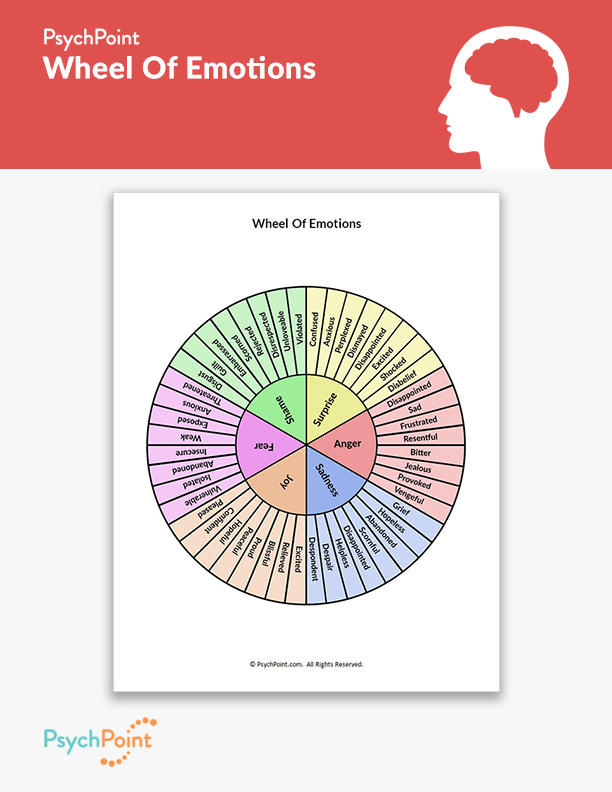
Staying in touch with emotions can be difficult, especially when they are triggered by unexpected or complex experiences. Some clients are aware of the reasons behind their emotional responses, while others struggle to identify what is contributing to how they feel, which can make it challenging for them to cope.
When clients are unsure of what is triggering their emotions or how their feelings are connected, it becomes difficult for them to recognize their needs. This can lead to coping in unhealthy ways. Helping clients identify and understand their emotions is an important part of the therapeutic process. Without healthy tools for emotional awareness and regulation, clients may experience increased anxiety, low self-confidence, mood swings, and overwhelming stress.
About This Worksheet
Our emotions influence us in many ways, so expressing them in a healthy and constructive way requires developing both awareness and tolerance of our emotional experiences. A key step in building emotional coping skills is learning to be mindful of how we respond to our feelings in the moment.
People often experience multiple emotions at once and may not fully understand why. Emotions can arise from a variety of situations or triggers, vary in intensity, and affect each person differently.
The Wheel of Emotions worksheet provides 54 emotions organized into basic emotions and related emotions. Basic emotions are simple emotions that a person may experience. Related emotions refer to other emotions that may contribute to the experience of basic emotions. With this worksheet, the client can learn about how their deeper emotions are connected to the basic emotions they are feeling.
Clients who are using the Wheel of Emotions worksheet are encouraged to explore their emotions to build a better connection between their triggers, emotions, and needs. This is a helpful tool when teaching clients how to reduce their emotional intensity and improve their mental wellness with healthy emotional regulation coping skills.
This worksheet is a useful tool for teaching clients about emotional intelligence. Adolescents and adults can benefit from using the Wheel of Emotions worksheet as an educational aid in individual, family, or group therapy sessions. It is a visual tool for teaching a client how to build awareness of their emotions. It can be helpful when demonstrating how different emotions can be experienced at once.
Instructions
Introduce the Wheel of Emotions worksheet as a guide for building an understanding of how the client experiences their emotions. Provide a brief explanation about how different types of emotions can interact with each other. Then, explain how identifying basic and related emotions can help build emotional awareness and healthy coping skills.
Have a discussion with the client about how emotions can be triggered and how the initial shock of a triggering situation can cause a flood of emotions. Instruct the client to identify the basic emotions that they are struggling with or experiencing. Then, help them identify related feelings that may accompany their basic emotions. When the client has identified their emotions, facilitate a dialog about their responses. You may ask discussion questions, like:
- What is making you feel this way?
- Why do you think this situation is causing you to feel these emotions?
- How can learning ways to identify your emotions help you take care of your needs for mental health?
Use this worksheet as a guide for teaching healthy ways to identify and cope with uncomfortable emotions. Engage the client in exercises that help them identify their emotions and encourage the learning and use of healthy coping skills.
References
Willcox, G. (1982). The Feeling Wheel: A Tool for Expanding Awareness of Emotions and Increasing Spontaneity and Intimacy. Transactional Analysis Journal, 12(4), 274–276.

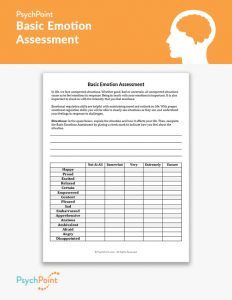
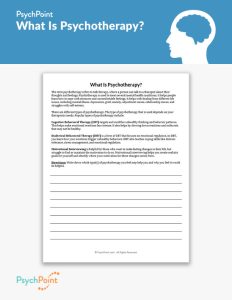
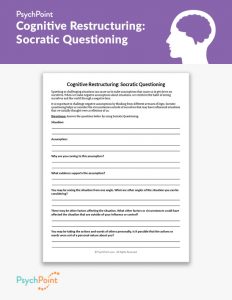
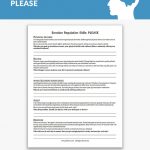
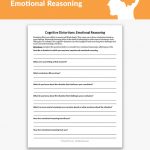
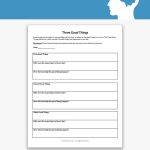
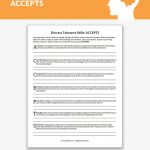
The emotion wheel shown (which appears to be based on Geoffrey Roberts’ and Gloria Wilcox’s emotion wheels) is interesting and useful, but is heavily slanted towards painful emotions and overlooks many other common sensations we all experience in life, such as compassion, hunger, and so on.
Thank you for your input Pierre. You do have a good point, in that this wheel of emotions is slanted toward painful emotions. Our goal with this worksheet is to help people in therapy identify those more painful emotions.
People in therapy often struggle to understand and express their negative emotions, and helping them first identify these emotions can be helpful in beginning the therapeutic process of exploring and resolving the emotion they are experiencing.